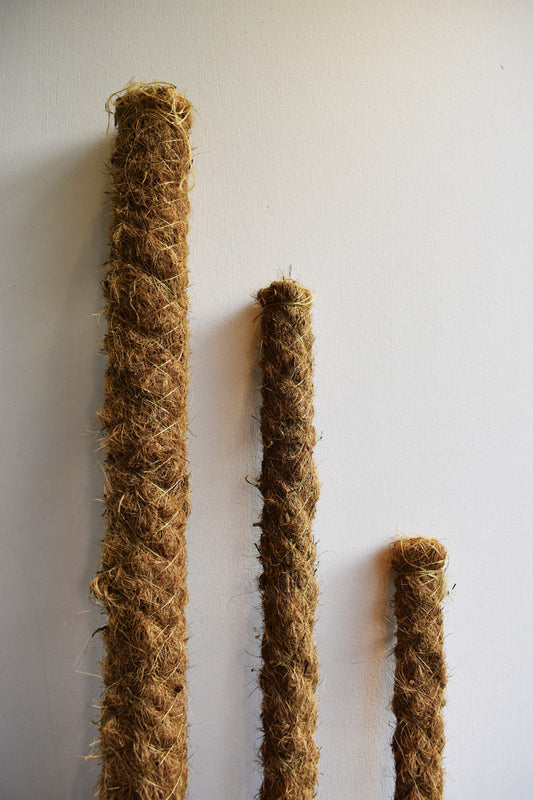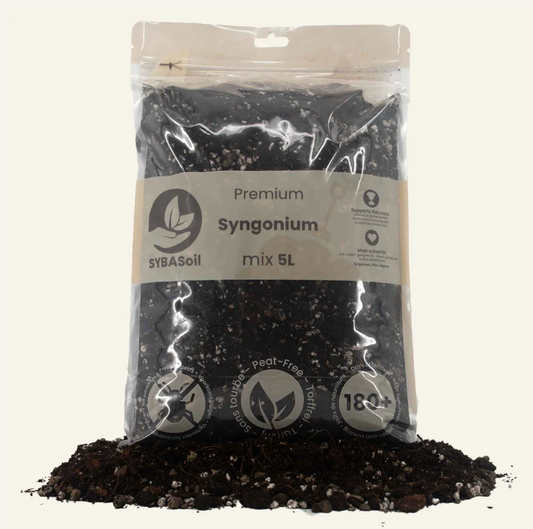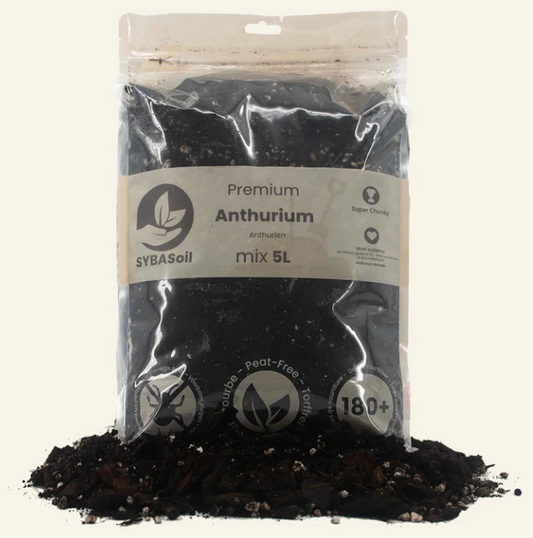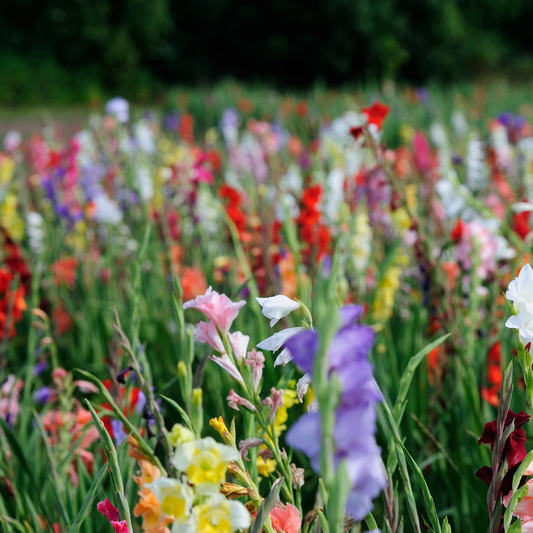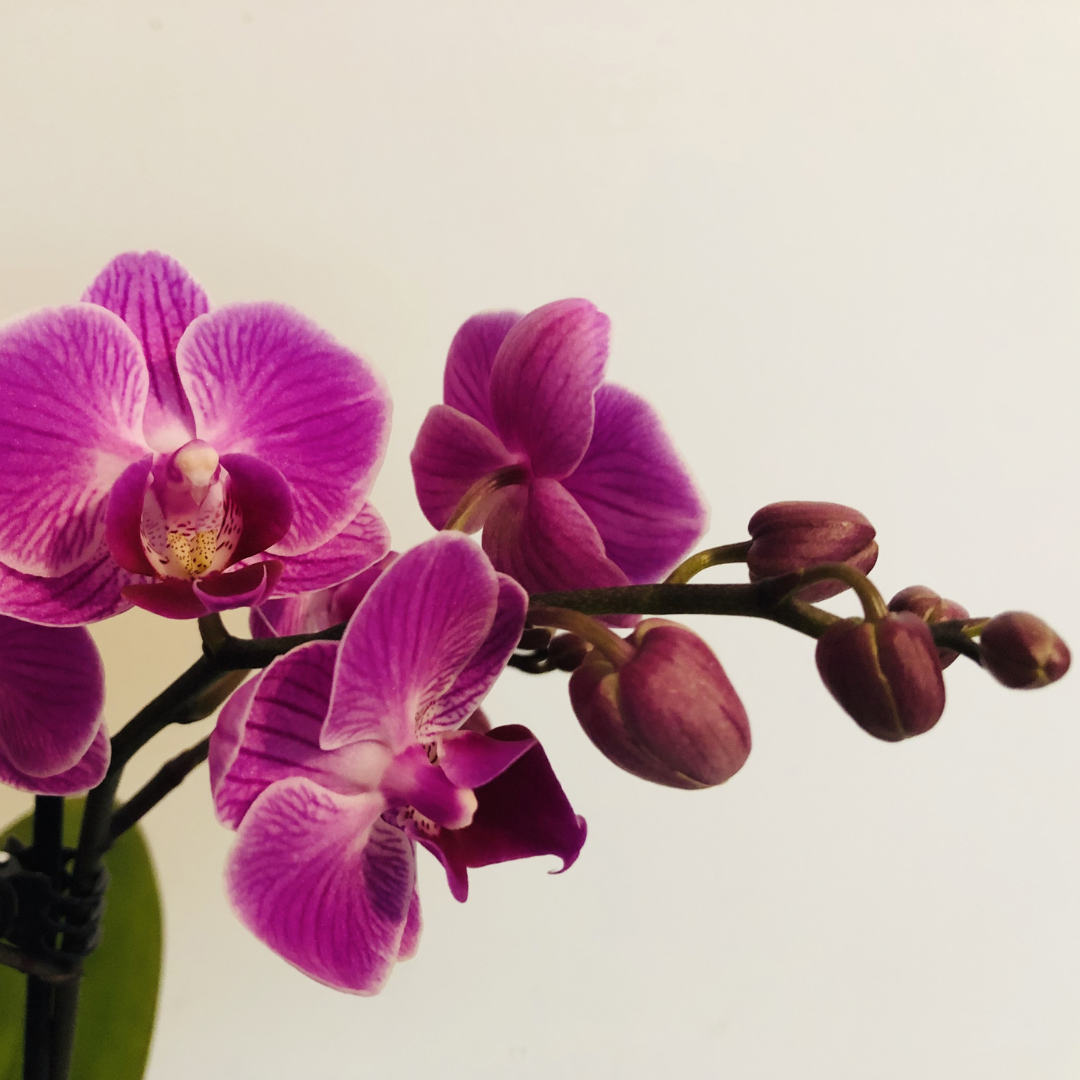
How to care for Orchids
Share
In this blog you can read everything about orchids. From the different types and where they occur to how to water them and in what kind of light to stand. The most common problems are also discussed in this blog! Enjoy reading!

Orchids are beautiful and exotic plants that are popular with the average person and specific plant lovers. The plants are native to many different parts of the world, including the tropics, subtropics, and temperate zones. Despite their diverse geography, there are a few important things to keep in mind when choosing a orchid.
when caring for orchids.
Types of orchids
There are over 25,000 known species of orchids, and each one has its own unique care requirements. Some popular types of orchids include phalaenopsis (also known as sphinx orchids), cymbidiums, dendrobiums, and cattleyas. Each orchid has specific watering, light, and soil requirements, so it’s important to do your research before bringing one into your home.
Watering orchids
It is important to allow the soil to dry between watering and to use a well-draining soil mixture.
One of the most common mistakes when caring for orchids is overwatering. Orchids do not require a lot of water, and they can quickly become waterlogged if watered too often. To prevent this, it is important to let the soil dry out between waterings and use a well-draining soil mix. It is also a good idea to use a pot with drainage holes to prevent water from sitting in the pot.
Light conditions for orchids
How much light does an Orchid need? And where is the best place to put it?
Orchids need bright, indirect light to grow well. Direct sunlight can burn an orchid’s leaves, so it’s important to place your plant in a spot that gets plenty of light, but not direct sunlight. If you don’t have access to natural light, you can use grow lights to provide the necessary lighting for your orchids.
Potting soil for orchids
Orchids grow best in a well-draining soil mix that is specifically designed for orchids. These mixes are usually a combination of bark, peat moss, and perlite, and will help ensure that the plant gets the right amount of moisture and air circulation. It is also a good idea to use a pot with good drainage to prevent water from pooling in the soil.
Most common orchid problems
Pests on your orchid
Orchids are generally easy to care for, but they can be susceptible to a few common problems. One common problem is pests, such as aphids, cotton aphids, and thrips. These pests can damage an orchid’s leaves and flowers and spread disease. To spot pests on your orchid, look for small, circular scars on the leaves or white cottony clumps on the stems or leaves. If you see pests, use a mild insecticide or try to remove them with a cotton swab dipped in rubbing alcohol.
Fungus on your orchid
Another common problem with orchids is disease, such as bacterial or fungal infections. These infections can cause yellow or brown spots on the leaves, wilting, or a black, slimy deposit on the roots. To prevent disease, keep your orchids clean and avoid overwatering or using dirty pots and tools. If you do see signs of disease, isolate the affected plant and treat it with a fungicide or bactericide as soon as possible.
Nutritional deficiency in orchid

Nutrient deficiencies can also be a problem for orchids. If your orchid’s leaves are yellow or pale, this could be a sign of a nitrogen deficiency. If the leaves are dark green and the flowers are small or stunted, this could be a sign of a phosphorus deficiency. To prevent nutrient deficiencies, use a balanced fertilizer and follow the recommended application rates. If you notice a deficiency, you can try adding a fertilizer specifically formulated for orchids or adding a small amount of compost to the soil.
To summarize, orchids are beautiful and exotic plants that require special care to grow well. By providing the right amount of water, light, and soil, and by paying attention to common problems, you can enjoy these beautiful plants in your home or garden for years to come.

